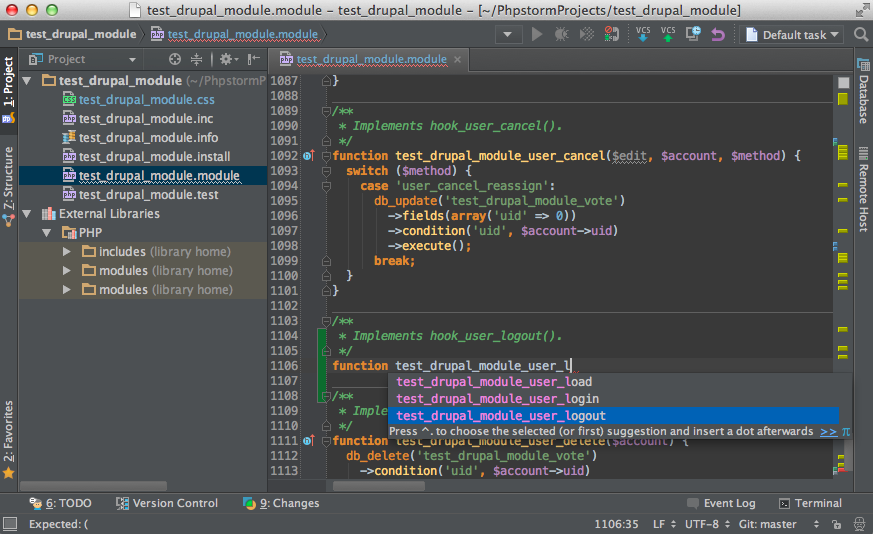

a LAN that uses a switch instead of a hub). However, that feat won't be as easy if you're operating in a switched network (i.e. For instance, you can grab usernames and passwords from FTP packets. Once the packets are passed on to your sniffer, you can obtain lots of information about them. Obviously, you'll want your NIC to be set to 'promiscuous' if you want to do any sniffing. By default, NICs are supposed to discard all packets not addressed to them. 'Promiscuous' is a mode which some NICs can assume that would allow them to receive any packet that comes their way regardless of that packet's destination address. That's because a hub simply forwards all packets entering it to all connected hosts regardless of those packets' destination addresses.Īll you'll need then to grab packet information is a sniffer running on a connected host equipped with a NIC (network interface card) set to promiscuous mode. This can easily be done in a LAN that connects hosts via a hub.


#Os x http sniffer free
For this post, I'm going to use Ettercap, a free sniffer that runs on Linux.Ī sniffer basically works by first capturing packets it receives from the network, including those packets intended for other hosts. Some of the popular sniffers are Cain and Abel, Carnivore, dSniff, Ettercap, Fiddler, tcpdump, and Wireshark. That's what we're going to focus on here. But, as indicated in this post's overview, there are people who use it for exploitative purposes. network analyzer, packet analyzer, protocol analyzer, or sniffer) is supposed to be used by network administrators to perform network diagnostics. In spite of its negative connotations, a packet sniffer (a.k.a. How packet sniffers manage to grab passwords After that, I'll show you exactly what an attacker sees on a packet sniffer when they carry out such an attack on both regular and encrypted FTP connections. In this post, I'll help you understand what a packet sniffer is and how it can be used in a Man-in-the-Middle (MITM) attack known as ARP poisoning. They know that an attacker armed with a packet sniffer can easily obtain usernames and passwords just by sniffing an FTP connection. That's why people who craft regulations like PCI DSS are wary of it. Sadly, this well-loved technology is not very secure.
#Os x http sniffer mac os
The File Transfer Protocol allows users to transmit volumes of files over the Internet through uncomplicated FTP clients, some of which are already built-in in the two popular operating systems, Windows and Mac OS X. Then you take the pid of your app (27479 in this example) and run: nettop -p 27479Īnd you will see where the app is connecting to: Skype.27479 18 KiB 32 KiB 20 KiB On my machine I have: bytes_in bytes_out rx_dupe rx_ooo Open a Terminal and run nettop -P to get a summary of all the traffic generated by each application currently running together with their pid. On MacOSX there is a very helpful tool called nettop. In my opinion wireshark is the wrong tool to do what you need. Then you can sniff all traffic coming out of the VM by sniffing the VM virtual network interface. One better way to do what you are trying to achieve with Wireshark is to setup a VM and run the app inside the VM. Once you find the tcp stream created by the app you can right click on the packet and choose 'Follow TCP stream'. You would have to close every other app running on your OSX to reduce the noise. Wireshark doesn't support isolating traffic for a specific app.


 0 kommentar(er)
0 kommentar(er)
